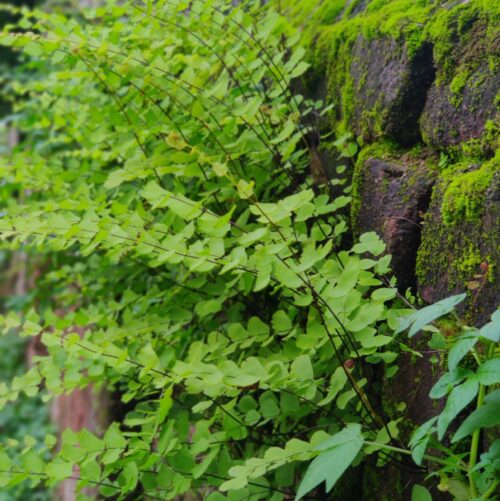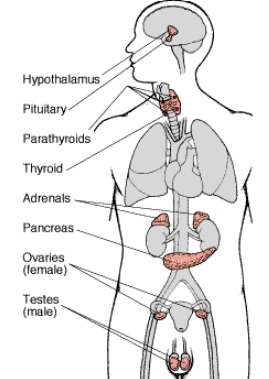Living beings interact with each other, with members of other species, and with components of the abiotic environment in an ecosystem. Interaction between members of the same species is called Intraspecific, whereas interaction among individuals of different species is called Interspecific.
In intraspecific interactions, members of the same species interact for mutual or self-benefits.
These interactions include communications through visual, vocal, or chemical means, care and Protection of the young, courtship, and sexual competitions.
Individuals in the same species communicate among themselves through visual gestures, speech, or the production of specific sounds. It is very commonly observed in the case of birds.
Members of some species, like insects, produce pheromones to attract mates. Many birds use fancy displays, including brightly-coloured feathers, “dances,” etc., to “show off” for the opposite sex.
Sexual selection is selective pressure by members of the opposite sex. For example, perhaps the females of a certain bird species prefer a male who is brightly coloured or who has an extremely long tail.
Sexual selection may work in the opposite direction of natural selection, as when, for example, that same brightly-coloured or long-tailed male is more visible and vulnerable to predators.
In spiders, special drumming patterns used in species-specific courtship rituals help to distinguish a courting male from dinner.
In many species, individuals are observed to have parental care that varies from species to species. A special case of intraspecific relationship is social and colonial species of animals, which have dominance hierarchies that are maintained through interactions among the members of a particular colony.
Individuals may compete over food, water, light, space, safe sites, or mates in intraspecific interaction. This type of interaction may also be called as intraspecific competition. It is an important factor that limits the size of the population of many species. It is a particular type of competition in which members of the same species compete for the same resource in an ecosystem. Such a resource may be food, light, nutrients, and space.
One can observe that two trees of the same species that grow close together compete for sunlight, water, and nutrients in the soil. This competition may result in a lower growth rate and low seed output. It is through natural selection that trees adapt to grow taller or develop larger root systems.
The competition interaction may be Exploitation Competition and Interference Competition.
Grasshoppers provide exploitation competition by eating grass and depriving other grasshoppers of the vicinity. In this case, grasshoppers do not interact directly with each other; rather, they reduce a resource, which negatively affects the growth and development of others.
In Interference Competition, individuals interact indirectly. This has been observed in cases of territorial animals. In this case, some animals have been observed to exploit a resource, like a food base, thus actively preventing others from exploiting that resource.
The intraspecific competition affects the carrying capacity of a population. Carrying capacity is the maximum population level that the environment of a particular area can support.
Another type of interaction between plants and animals is called allelopathy. Some plants often secrete inhibitory chemicals into the surrounding soil to prevent the growth of other plants nearby. Amur Honeysuckle and Black Walnut are species especially notorious for producing allelopathic chemicals.




